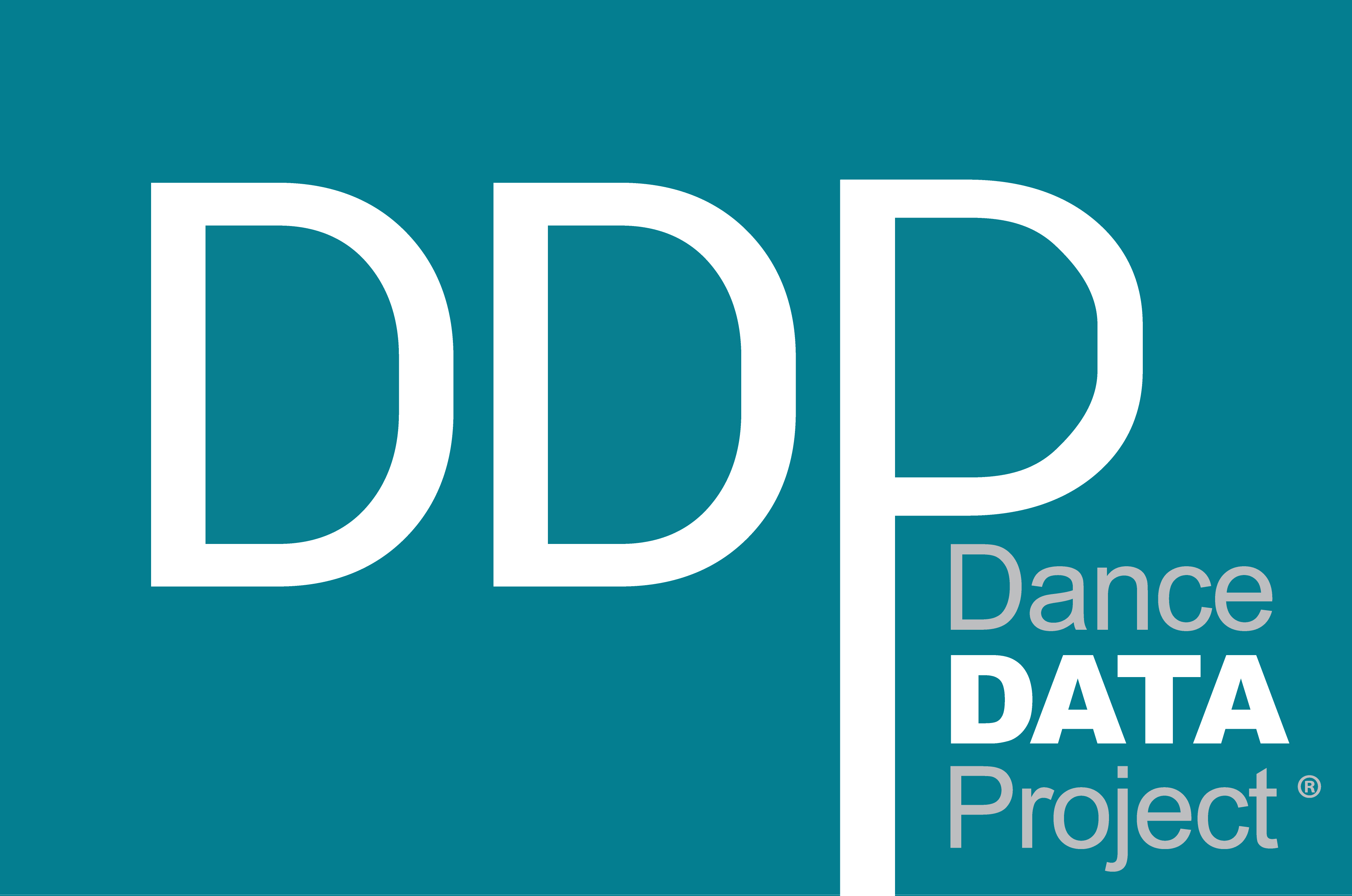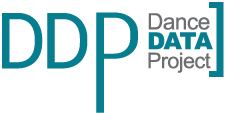DANCE DATA PROJECT®’S LATEST REPORT FINDS LARGEST U.S. CONTEMPORARY AND MODERN COMPANIES HAVE MORE EQUITABLE LEADERSHIP BUT HAVE FACED SLOWER POST-PANDEMIC RECOVERY THAN BALLET COMPANIES
Northfield, IL | December 18, 2023 | Dance Data Project® (DDP) today announces the 2023 U.S. Dance Festivals Report. This is the fourth DDP report studying programming and artistic directorships at dance festivals and the first-ever that focuses on U.S.-based festivals. This year’s expanded coverage examined 39 U.S. festivals and increased the total number of works analyzed from 879 in 2021 to 1007 works analyzed today.
Said DDP President & Founder Elizabeth ‘Liza’ Yntema: “Festivals offer a key steppingstone for female choreographers, whose work will be seen by new audiences and critics. Analyzing gender equity at festivals provides a telling glimpse of the industry as a whole.”
DDP findings show that women choreographed 50% of the works programmed at the dance festivals collected in 2023, the highest percentage of female-choreographed pieces yet. Of the 1007 works, 958 were part of a mixed-bill program and 45 were full-length works.
“We are encouraged by hitting the 50 percent mark when it comes to all works programmed at U.S. dance festivals this year,” said DDP Research Consultant Maya Canestaro. “It is important to note, however, that the percentage of full-length works choreographed by women was much lower than in the past, at just 36%. The creation of full-length works is a lucrative and formative career opportunity that has consistently trended low for female choreographers, and it is one that we will continue to investigate in future reports.”
There were 24 festivals shared between the 2021 and 2023 iterations of the report. When comparing these shared festivals, the number of mixed-bill, live, film, and hybrid works by women increased from 2021. Notably, however, the number of full-length works by women for these 24 shared festivals decreased significantly, from 47% in 2021 to 29% in 2023.
Works performed at these festivals were presented in various modes, including live performance, film, and hybrid. Across the different modes, 49% of the live works, 52% of the film works, and 54% of the hybrid works were choreographed by women.
In addition to surveying the works programmed at these festivals, the report analyzes the leadership teams of the festivals themselves. Of all the festivals studied, 61.5% of the festivals studied were led by women, compared to 36% led by men. “The festivals led by women had an average gender equity score of 0.53, compared to 0.35 at the festivals led by men,” said DDP Research Lead Jenna Magrath. “This finding indicates that female-led festivals, on average, programmed a higher percentage of works choreographed by women.”
The DDP research team calculated gender equity scores associated with each festival. Higher gender equity scores are indicative of higher percentages of programming by female choreographers. The average gender equity score was 0.46, indicating that on average, 46% of the works programmed at U.S. festivals were choreographed by women. The average festival gender equity score increased by 0.16 between the first Festival Report in 2019 and this Festival Report in 2023, indicating that festivals in 2023 programmed more choreographic works by women than in 2019. Across the reported years- 2019, 2020, 2021, and 2023- the average festival gender equity score has steadily increased each year.
However, festivals that programmed works danced by professional ballet companies had a gender equity score of 0.43, compared to 0.51 for festivals that did not program any works danced by professional ballet companies. The programming of professional ballet companies to perform at these festivals, on average, contributed to lower gender equity scores – in other words, festivals presenting ballet featured fewer women.
“As DDP has shown time and time again, women lack opportunities in classical dance choreography,” said DDP Communications Lead Isabelle Ramey. “We look to both festivals and the largest classical companies to address this.”
The 2023 U.S. Dance Festivals Report is available on the Dance Data Project® Research Page or by download below.


